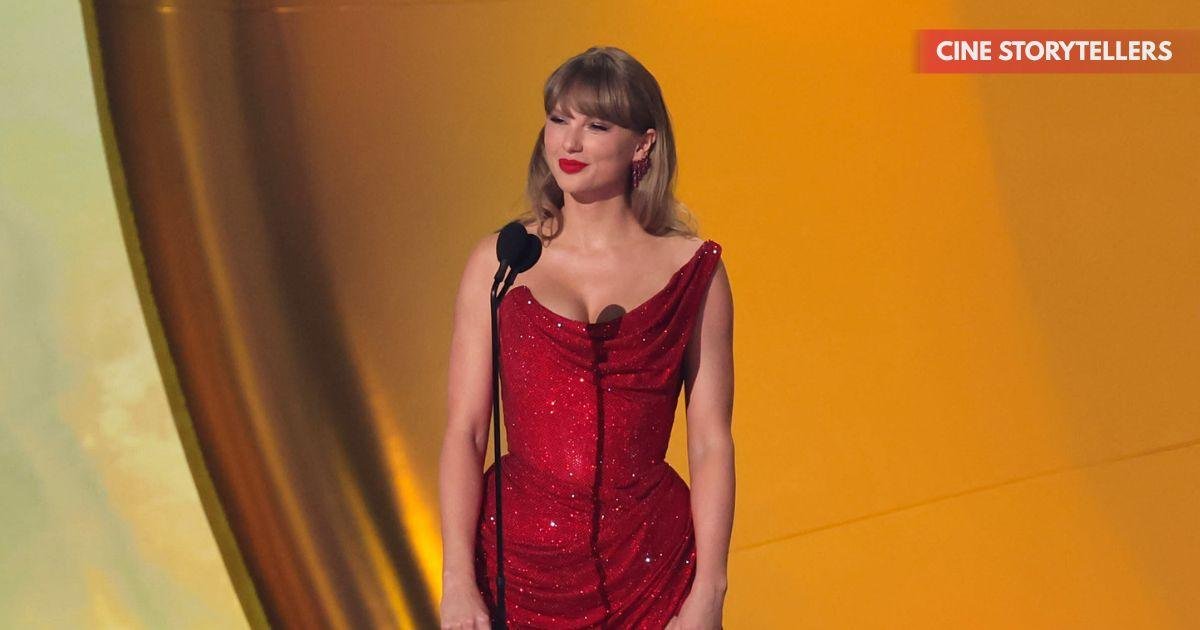Taylor Swift is no stranger to grand-scale performances, with tours like Eras and Reputation cementing her as a global entertainment powerhouse. Her meticulous attention to detail and creative vision have earned her accolades for stage design, choreography, and storytelling. A Super Bowl Halftime Show appearance would have been a major event, blending her star power with one of the world’s most-watched broadcasts.
A Major Demand
Reports indicate that Swift had one significant demand regarding her performance at the Super Bowl Halftime Show. While the exact details remain private, sources suggest it involved either creative control, production scale, or logistical requirements. The NFL ultimately declined to meet this request, prompting speculation about what the demand entailed and how it might have affected her participation.
The NFL’s Perspective
Event Logistics and Limitations
The Super Bowl Halftime Show is a highly complex production. Organizers must balance broadcast constraints, stadium logistics, and sponsorship requirements, often leaving little room for extensive customization by performers. It’s possible that Swift’s demand conflicted with these operational parameters, leading to the NFL’s refusal.
Maintaining Tradition and Fairness
The NFL has a history of balancing artistic vision with the show’s broader audience. The league may have deemed Swift’s request too demanding to standardize for a live broadcast, or potentially disruptive to the planned production schedule. Their decision reflects a broader challenge in coordinating large-scale events that must appeal to a diverse global audience.
Implications for Taylor Swift
Creative Autonomy vs. Event Participation
Taylor Swift is known for maintaining strict creative control over her performances. While this commitment ensures high-quality productions, it can create challenges when collaborating with organizations like the NFL, which must enforce uniform production standards.
Future Super Bowl Opportunities
Although this incident may temporarily halt Swift’s Super Bowl plans, it does not rule out future opportunities. The pop star remains a top-tier artist whose performances are highly anticipated, and negotiations for future events could allow for compromises that satisfy both parties.
Fan Reactions and Social Media Buzz
Mixed Reactions
Fans have expressed a range of reactions on social media platforms. Some support Swift’s decision to insist on her standards, seeing it as a testament to her professionalism and artistry. Others express disappointment, lamenting the missed opportunity to see her headline the event.
Hashtags and Online Trends
Hashtags like #TaylorSwiftSuperBowl and #SwiftDenied have trended on platforms such as Twitter and Instagram, demonstrating the global interest in Swift’s potential Halftime Show. Memes, fan art, and opinion threads have proliferated, highlighting her dedicated fan base’s engagement.
Industry Expert Insights
The Balance of Power
Entertainment industry analysts note that the situation reflects a common tension between artists and event organizers. Artists like Swift, who demand creative control, often navigate a delicate balance between personal vision and the constraints of large-scale productions.
Lessons for Event Organizers
This incident highlights the importance of clear communication and negotiation between performers and organizers. Ensuring that creative ambitions align with logistical feasibility is critical for high-profile live events like the Super Bowl Halftime Show.
What Could Have Been
Potential Performance Vision
Based on Swift’s past productions, the Super Bowl Halftime Show might have included elaborate stage design, immersive visuals, and carefully choreographed sequences. Fans anticipated a spectacle that could rival her Eras Tour, combining music, storytelling, and theatricality.
Audience Impact
Had Swift performed, millions worldwide would have tuned in, creating a cultural moment remembered for years. Her participation could have boosted viewership and generated significant media coverage, reinforcing her status as one of the world’s leading entertainers.
Conclusion
Taylor Swift’s unfulfilled Super Bowl Halftime Show request underscores the challenges of aligning artistic vision with the logistical demands of large-scale events. While the NFL declined her major demand, Swift’s influence and creative standards remain undisputed. Fans may be disappointed, but her future opportunities for high-profile performances are far from over. The situation also provides insights into the evolving relationship between artists and event organizers, illustrating the balance of creative freedom, audience expectations, and operational feasibility.
Also Read : Hoochenanny Whiskey & Music Festival 2025 – Dates, Lineup, Whiskey Tasting, Tickets
FAQs
Q: What was Taylor Swift’s major demand for the Super Bowl Halftime Show?
A: The specifics have not been publicly disclosed, though it reportedly involved creative control or production logistics.
Q: Why did the NFL refuse her request?
A: Likely due to operational limitations, broadcast constraints, and the need to maintain uniformity for a global audience.
Q: Does this mean Taylor Swift will never perform at the Super Bowl?
A: Not necessarily. Future negotiations could accommodate her vision while meeting the NFL’s logistical requirements.
Q: How have fans reacted to the news?
A: Reactions are mixed, with some supporting her stance and others disappointed about the missed opportunity.
Q: Could this impact her career?
A: Swift’s career remains strong, and while this may influence negotiations with event organizers, it does not diminish her global influence.
Q: What does this reveal about artist-event relationships?
A: It highlights the balance between creative autonomy and operational feasibility, emphasizing the need for negotiation and compromise in large-scale productions.
Join our WhatsApp channel for more updates and information about celebrities and entertainment
Discover more from Cine Storytellers
Subscribe to get the latest posts sent to your email.
